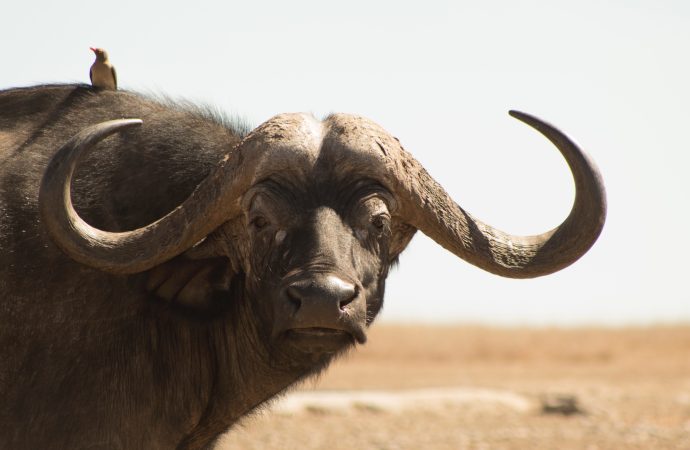The American buffalo, also known as the bison, once roamed the Great Plains in the millions, but by the end of the 19th century, their population had dwindled to just a few hundred. Today, the American buffalo is listed as a near-threatened species, and efforts are underway to protect and preserve this iconic animal. The
The American buffalo, also known as the bison, once roamed the Great Plains in the millions, but by the end of the 19th century, their population had dwindled to just a few hundred. Today, the American buffalo is listed as a near-threatened species, and efforts are underway to protect and preserve this iconic animal.
The decline of the buffalo population was largely due to hunting, which began in earnest in the mid-1800s. Hunters killed the buffalo for their hides, which were used for clothing and other goods, and for sport. By the late 1800s, the buffalo population had been reduced to just a few hundred animals.
Efforts to save the buffalo began in the early 1900s, and since then, several programs and initiatives have been launched to protect the remaining buffalo population. The most notable of these efforts is the American Bison Society, which was founded in 1905 with the goal of restoring the buffalo population to its former size.
One of the key strategies employed by the American Bison Society was to breed buffalo in captivity and then release them into the wild. This approach has been successful in many cases, and today there are several large herds of buffalo living in national parks and other protected areas.
Another important initiative is the Buffalo Conservation Plan, which was developed by the Intertribal Buffalo Council. This plan is focused on restoring buffalo populations on tribal lands and promoting sustainable, culturally sensitive buffalo management practices.
Despite these efforts, the buffalo population still faces a number of challenges. One of the biggest threats is habitat loss, as more and more land is developed for agriculture, mining, and other human activities. In addition, buffalo continue to be hunted for sport or for their meat, which can undermine conservation efforts.
To address these challenges, it is important to continue supporting initiatives that protect and preserve the buffalo population. This includes efforts to protect and expand their habitat, as well as promoting responsible hunting practices and sustainable management of buffalo herds.
It is also important to raise public awareness about the importance of the buffalo and the threats they face. By educating people about the significance of the buffalo and the need to protect them, we can build support for conservation efforts and ensure that this iconic species is not lost forever.
In conclusion, the American buffalo is an iconic symbol of the American West, but their population was nearly wiped out due to hunting and habitat loss. Today, there are several programs and initiatives aimed at restoring and protecting the buffalo population, but more needs to be done to ensure their survival. By supporting conservation efforts and raising public awareness, we can help to preserve this iconic species for future generations.

















Leave a Comment
Your email address will not be published. Required fields are marked with *